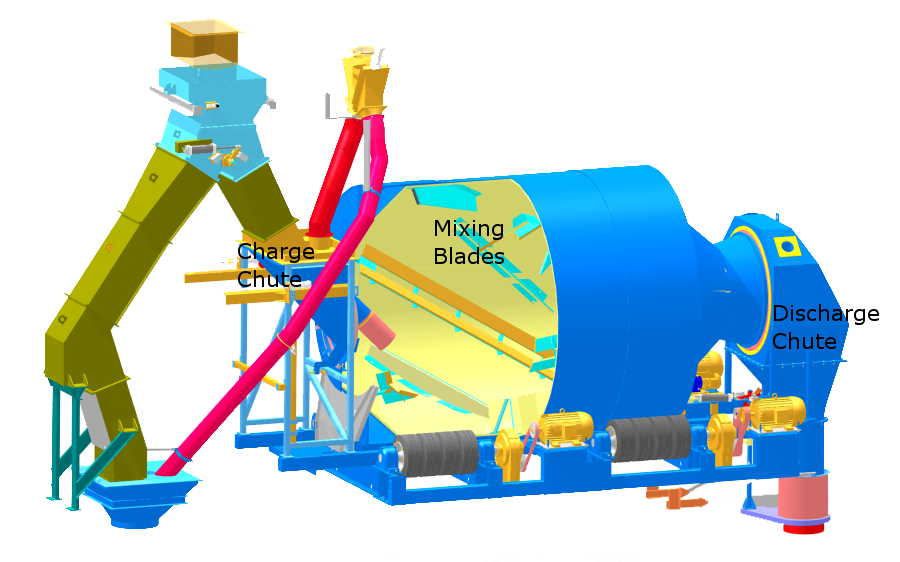Reversing drum mixer on:
[Wikipedia]
[Google]
[Amazon]
 A reversing drum mixer (also commonly called a non-tilting mixer) is a type of
A reversing drum mixer (also commonly called a non-tilting mixer) is a type of
Classification of Mixers
Penn State College of Engineering, retrieved 2009-11-13
 A reversing drum mixer (also commonly called a non-tilting mixer) is a type of
A reversing drum mixer (also commonly called a non-tilting mixer) is a type of concrete mixer
A concrete mixer (also cement mixer) is a device that homogeneously combines cement, Construction aggregate, aggregate (e.g. sand or gravel), and water to form concrete. A typical concrete mixer uses a revolving drum to mix the components. For ...
that produces concrete in single batches. The entire drum rotates around its axis
An axis (: axes) may refer to:
Mathematics
*A specific line (often a directed line) that plays an important role in some contexts. In particular:
** Coordinate axis of a coordinate system
*** ''x''-axis, ''y''-axis, ''z''-axis, common names ...
as materials are loaded through a charge chute at one end of the drum and exit through a discharge chute at the opposite end of the drum.
Mixing Action
Mixing blades are mounted on the inside surface of the drum, and as the drum rotates, the blades mix by lifting and dropping the materials during each rotation. Once the materials are sufficiently mixed the rotation of the drum is reversed and the blade arrangement pushes the concrete through to the discharge end of the mixer. Industrial sized reversing drum mixers can have a capacity of 9 m³ and can produce a mid quality concrete mix in as little as 40 seconds. Reversing drum mixers provide for efficient mixing and leave very little build up within the mixer.Penn State College of Engineering, retrieved 2009-11-13
Wear
Wear is the damaging, gradual removal or deformation of material at solid surfaces. Causes of wear can be mechanical (e.g., erosion) or chemical (e.g., corrosion). The study of wear and related processes is referred to as tribology.
Wear in ...
is reduced as the drum rests on rubber
Rubber, also called India rubber, latex, Amazonian rubber, ''caucho'', or ''caoutchouc'', as initially produced, consists of polymers of the organic compound isoprene, with minor impurities of other organic compounds.
Types of polyisoprene ...
or polyurethane
Polyurethane (; often abbreviated PUR and PU) is a class of polymers composed of organic chemistry, organic units joined by carbamate (urethane) links. In contrast to other common polymers such as polyethylene and polystyrene, polyurethane term ...
wheels and there is no steel on steel contact. There is no direct contact between the stationary charge and discharge chutes and the rotating drum. The flexible tires, absorb vibration and make for low maintenance and a quiet operation. The efficient mixing within the concrete, results in a reduction in wear of the drum liners. The reversing drum mixers are known for the extremely low maintenance and operating costs, yet a good mixing effect relative to other drum mixers.
References
Concrete {{civil-engineering-stub